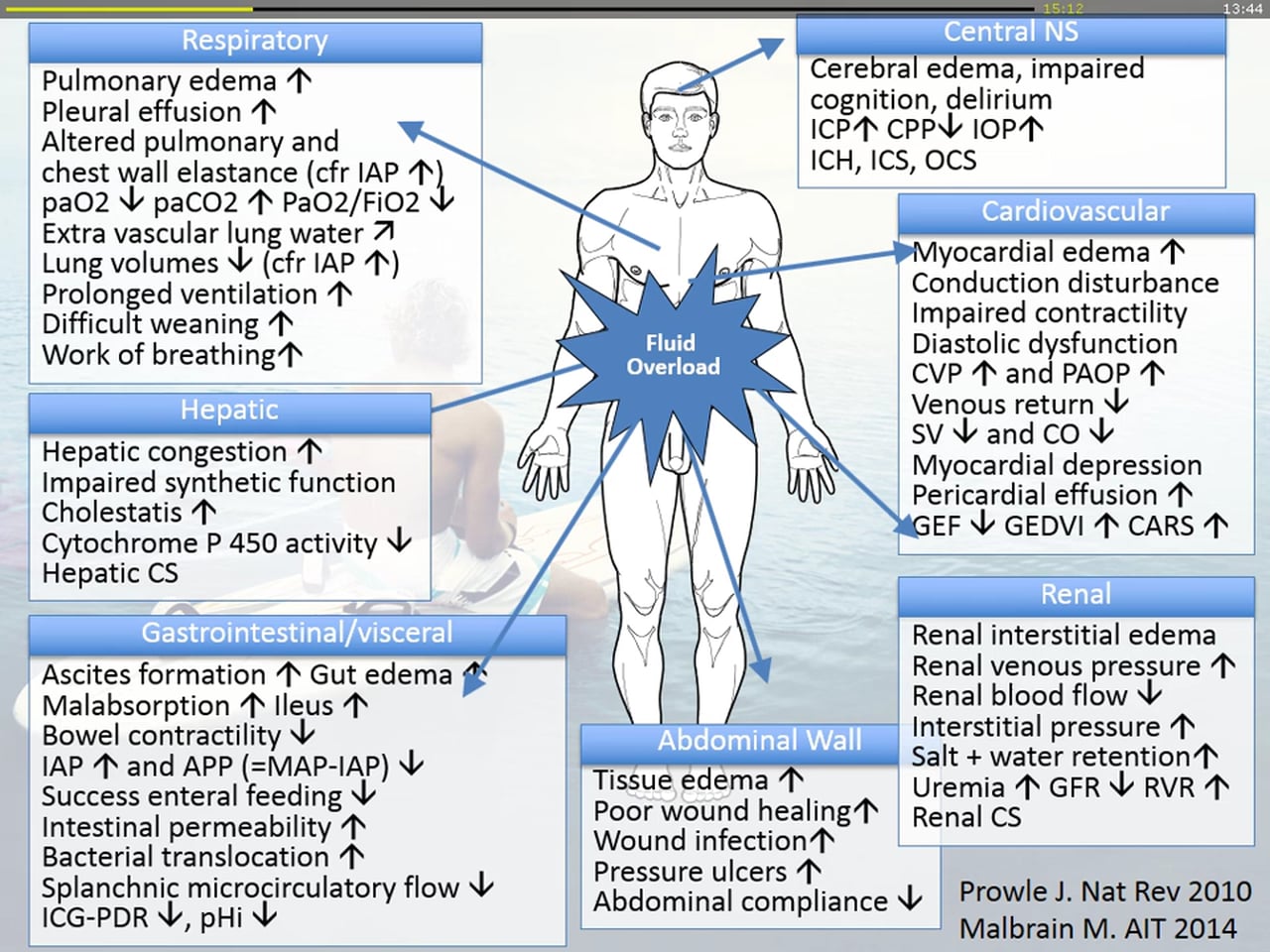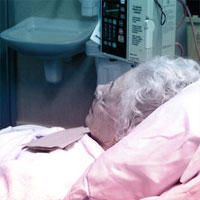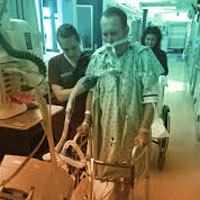
How informatics can help your hospital prevent infections
Hospitalists have a powerful tool to help them fight outbreaks of Clostridium difficile and other infectious agents: electronic health record data. Sara Murray, MD, an assistant professor of medicine at the University of... read more

Ramped Position versus Sniffing Position during Endotracheal Intubation
A Multicenter, Randomized Trial of Ramped Position versus Sniffing Position during Endotracheal Intubation of Critically Ill Adults. Hypoxemia is the most common complication during endotracheal intubation of critically ill... read more

Early EEG for outcome prediction of postanoxic coma
We recently showed that electroencephalography (EEG) patterns within the first 24 hours robustly contribute to multimodal prediction of poor or good neurological outcome of comatose patients after cardiac arrest. Here, we... read more

Clinical Practice Parameters for Hemodynamic Support of Pediatric and Neonatal Septic Shock
The American College of Critical Care Medicine provided 2002 and 2007 guidelines for hemodynamic support of newborn and pediatric septic shock. Provide the 2014 update of the 2007 American College of Critical Care Medicine... read more

Using Clinically Accessible Tools to Measure Sound Levels and Sleep Disruption in the ICU
Ambient sound was measured for 1 minute using an application downloaded to a personal mobile device. Bedside nurses also recorded the total time and number of awakening for each patient overnight. Across a large number of... read more

Malbrain Fluid Overload
Fluid overload is associated with increased morbidity and mortality. In this presentations an overview is given of the different definitions followed by a step-by-step description of the deleterious effects of fluid overload... read more

Neuro ICU Early Mobilization Protocol
Researchers in the U.S. have developed a multidisciplinary Neuro Early Mobilization Protocol for complex patients in the neuroscience intensive care unit (NSICU). Developing an evidence-based protocol with inter-professional... read more

BTS Guideline for oxygen use in healthcare and emergency settings
The updated guidance is based on new evidence about how effective prescribing and delivery of emergency oxygen for patients can both improve health and save lives. The 2015 emergency oxygen audit report provides information... read more

Burnout Syndrome in Critical Care: A Call for Action
Burnout syndrome (BOS) is a work-related constellation of symptoms and signs that usually occurs in individuals with no history of psychological or psychiatric disorders. BOS is triggered by a discrepancy between the expectations... read more

Clinical Practice Guideline: Mechanical Ventilation in Adult Patients with ARDS
An Official American Thoracic Society/European Society of Intensive Care Medicine/Society of Critical Care Medicine Clinical Practice Guideline: Mechanical Ventilation in Adult Patients with Acute Respiratory Distress Syndrome.... read more

Interprofessional Survey of Perceived Barriers and Facilitators to Early Mobilization of Critically Ill Patients in Montreal, Canada
Early mobilization is safe, feasible, and associated with better outcomes in patients with critical illness. However, barriers to mobilization in clinical practice still exist. The objective of this study was to assess the... read more

The Epidemic of Physician and Medical Student Suicide
In the past decade, numerous studies have shown that physicians and medical students have higher rates of suicide than the general population. The American Foundation for Suicide Prevention reports that over 400 physicians... read more

Hospitalists can help improve antibiotic stewardship
Hospitalists can, and should, help curb unnecessary antibiotic use. Nearly three-quarters of patients who have been diagnosed with community acquired pneumonia are receiving antibiotics for longer periods than necessary,... read more

Principles learned from a successful VTE improvement program
Principles learned from a successful improvement program can increase compliance and reduce hospital acquired VTEs (HA-VTEs) across multiple institutions. Can a single institution’s VTE prophylaxis program be scaled to... read more

WannaCry highlights worst nightmare in medical device security
Among the many lessons that will come out of the massive cyberattack might be a rethink of common patching practices. The sprawling WannaCry ransomware attacks have healthcare CIOs and infosec professionals more concerned... read more

Breaking Health Care Rules to Improve Care
This Viewpoint summarizes rules in health care organizations that their own leaders identified as ones that contribute little or no value to care, impede the work of clinicians, frustrate patients and families, and waste... read more

Volume responsiveness and volume tolerance: a conceptual diagram
So I know I've be-laboured the point about the difference between volume responsiveness (i.e. will there be significant increase in cardiac output with volume infusion) and volume tolerance (is the volume I am considering... read more









